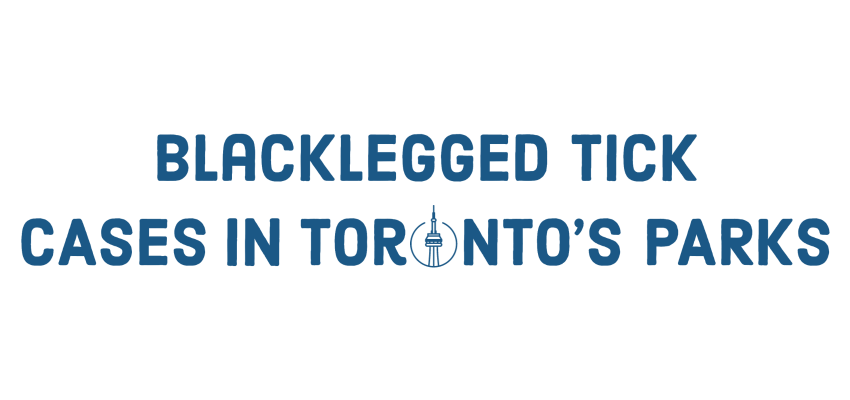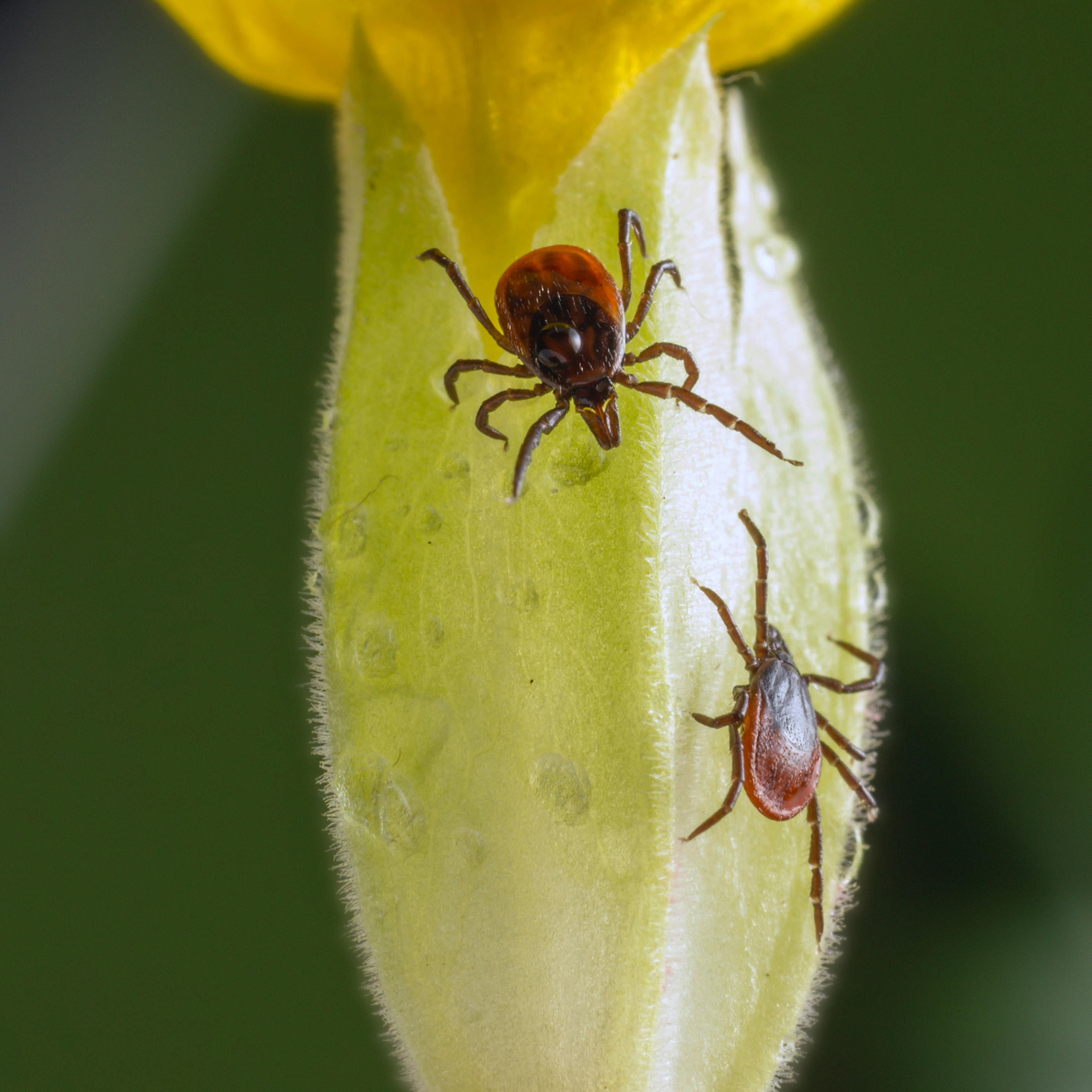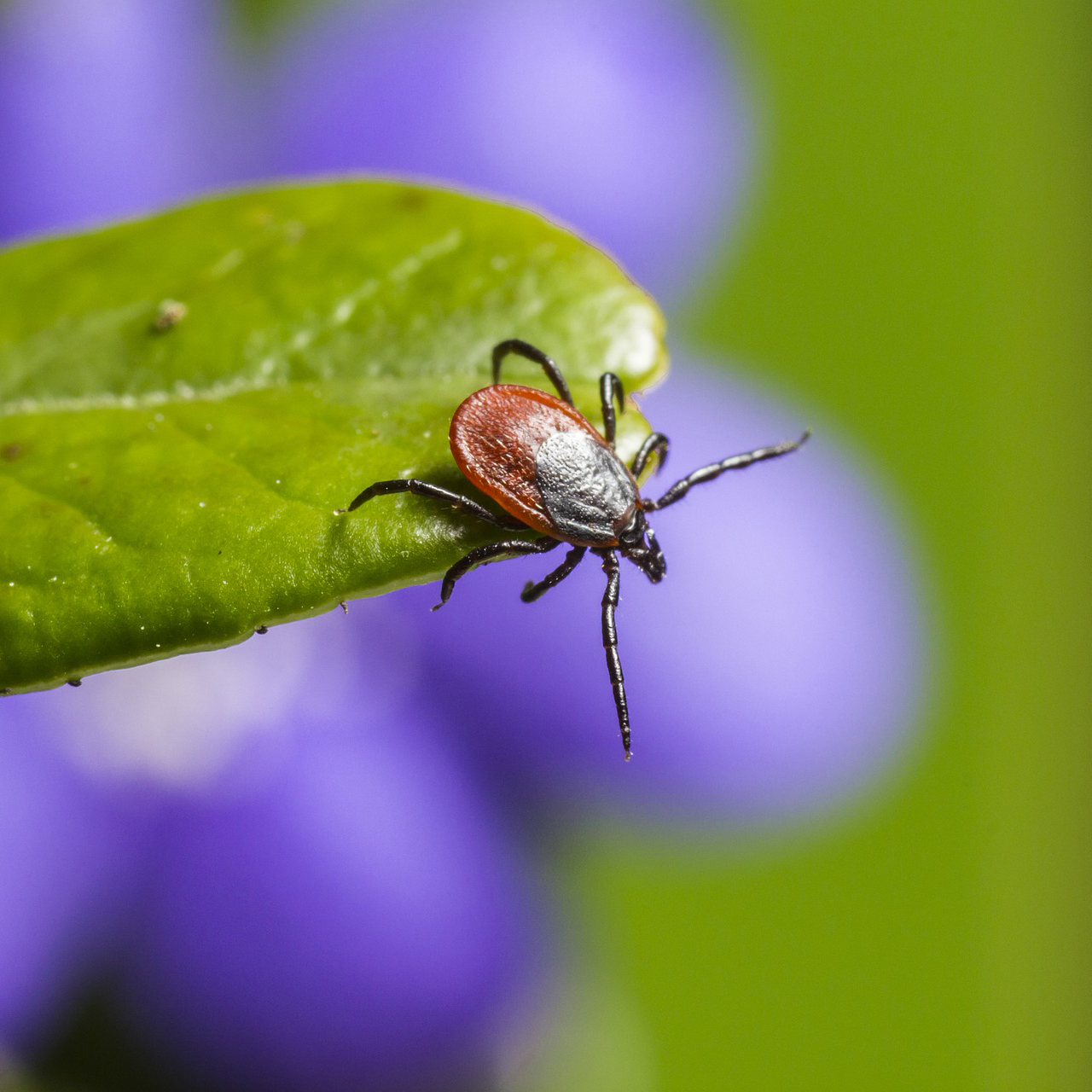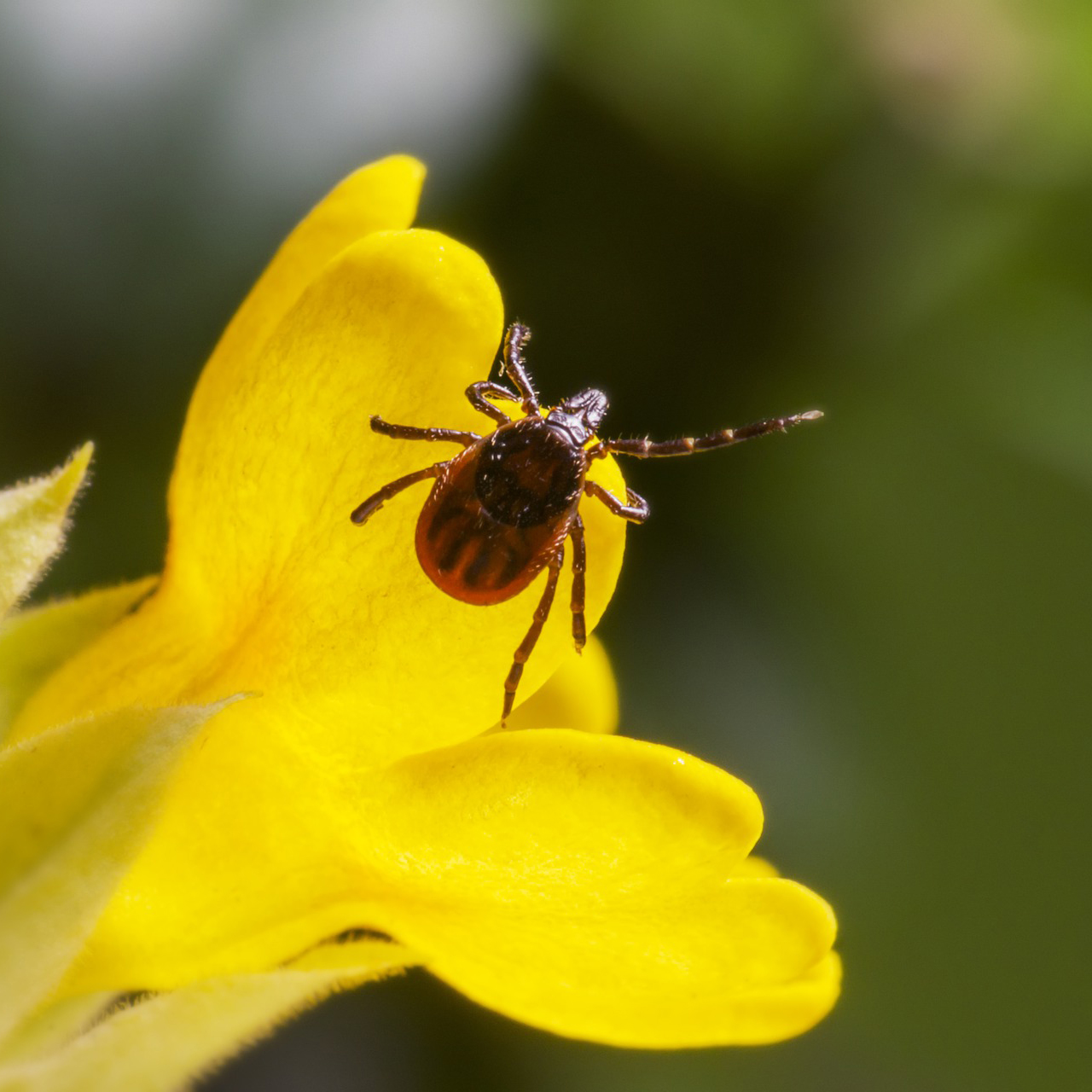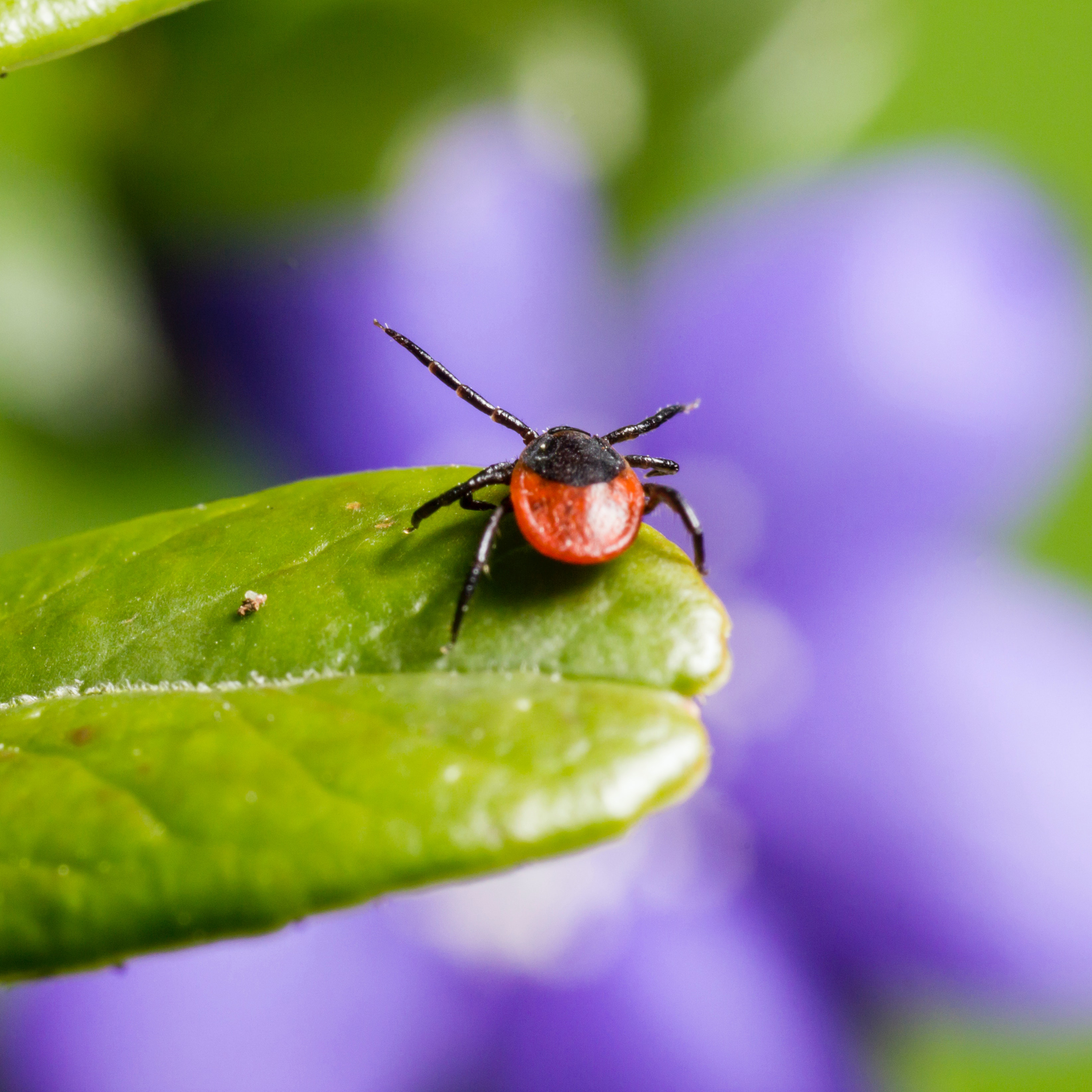PROBLEM BACKGROUND.
While researching topics to base our final project on, the team happen to come across the City of Toronto’s open data portal website and explored multiple topics of interest. We finally settled on a section of the site regarding Parks and Recreations and found the subject of blacklegged tick cases in Toronto’s public parks. Upon further inspection, the team discovered that the data for blacklegged tick cases was presented, however there was no user-friendly interactive web map for the public to view concerning this manner.
PROBLEM STATEMENT.
Ideal: To promote awareness regarding the rising cases of invasive blacklegged (deer) tick population that reside within Toronto’s parks, through a user-friendly interactive web map.
Reality: The City of Toronto only provides raw data, but not a public and user-friendly interactive web map for users to view specific locations of positive and negative blacklegged tick cases in their parks. It’s also important to note, that most of Ontario’s population resides in Toronto and the city is a hub for tourism.
Consquences: Blacklegged ticks are carriers of specific bacteria that causes Lyme Disease. The disease has been on a rising high, and it’s impacted the health of hundreds of people in Ontario ‒ even leading to Canadian public figures to raise awareness on the issue. These harmful ticks are not only destructive to humans, but to other ecosystems and mammals. Currently, Lyme Disease has no permanent cure.
Proposal: To create an interactive web map, that would allow users to view and become educated on the dangers of the rising number of cases, of blacklegged ticks in Toronto’s public parks. Blacklegged ticks are an invasive species to Ontario, that induce Lyme Disease to humans, mammals, and destruction wildlife habitats. The web map would allow users to make an informed decision on the proper cautions to take while visiting the parks.
Technology Used: ArcGIS Online, ArcGIS Experience Builder, Mapbox Studio Maps and Datasets, and Open-Source Data from the City of Toronto.
RESOURCES.
For further educational resources regarding the topic of Blacklegged Ticks and Lyme Disease, please visit the websites below, by either clicking the images of the ticks or the descriptive text. Thank you.
